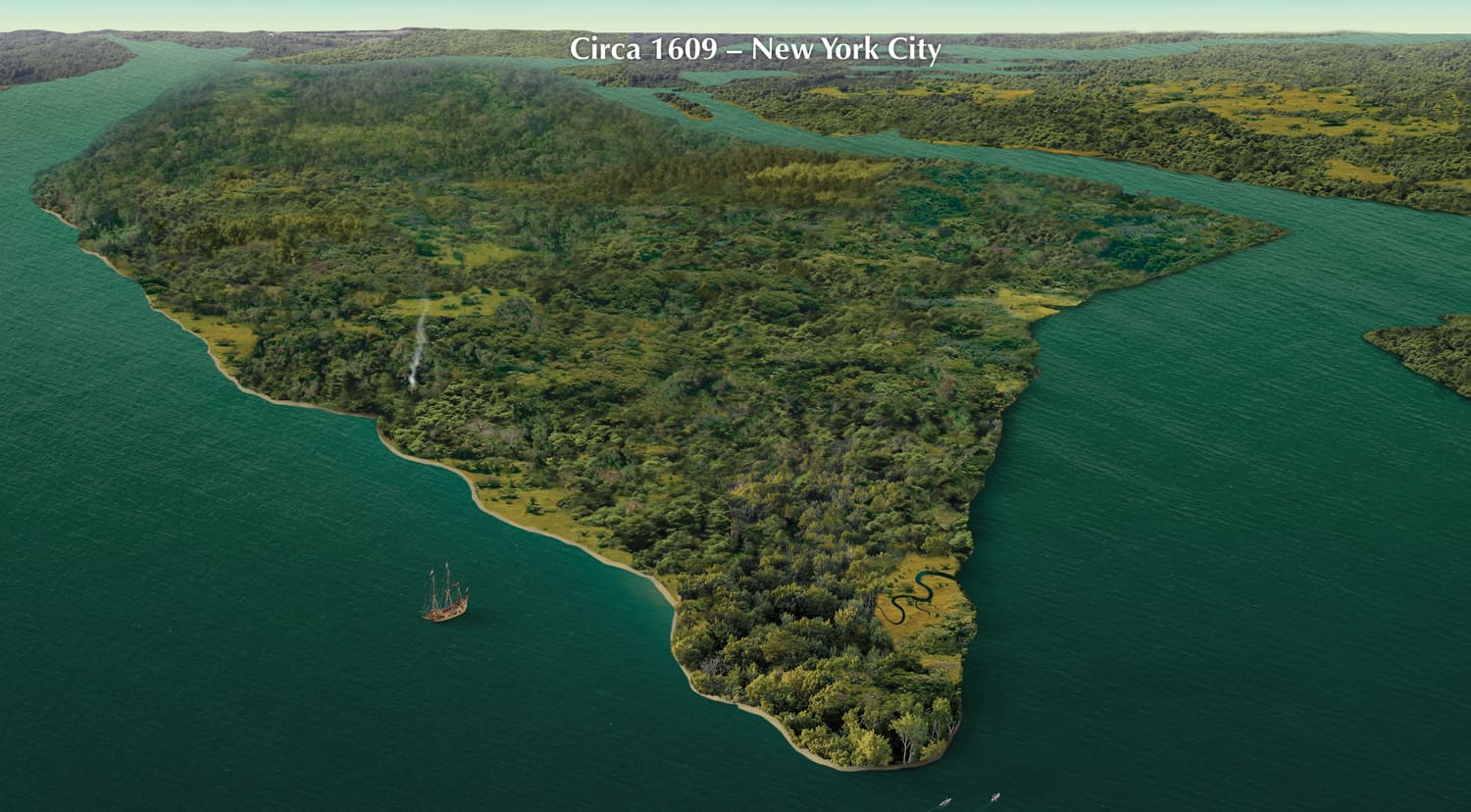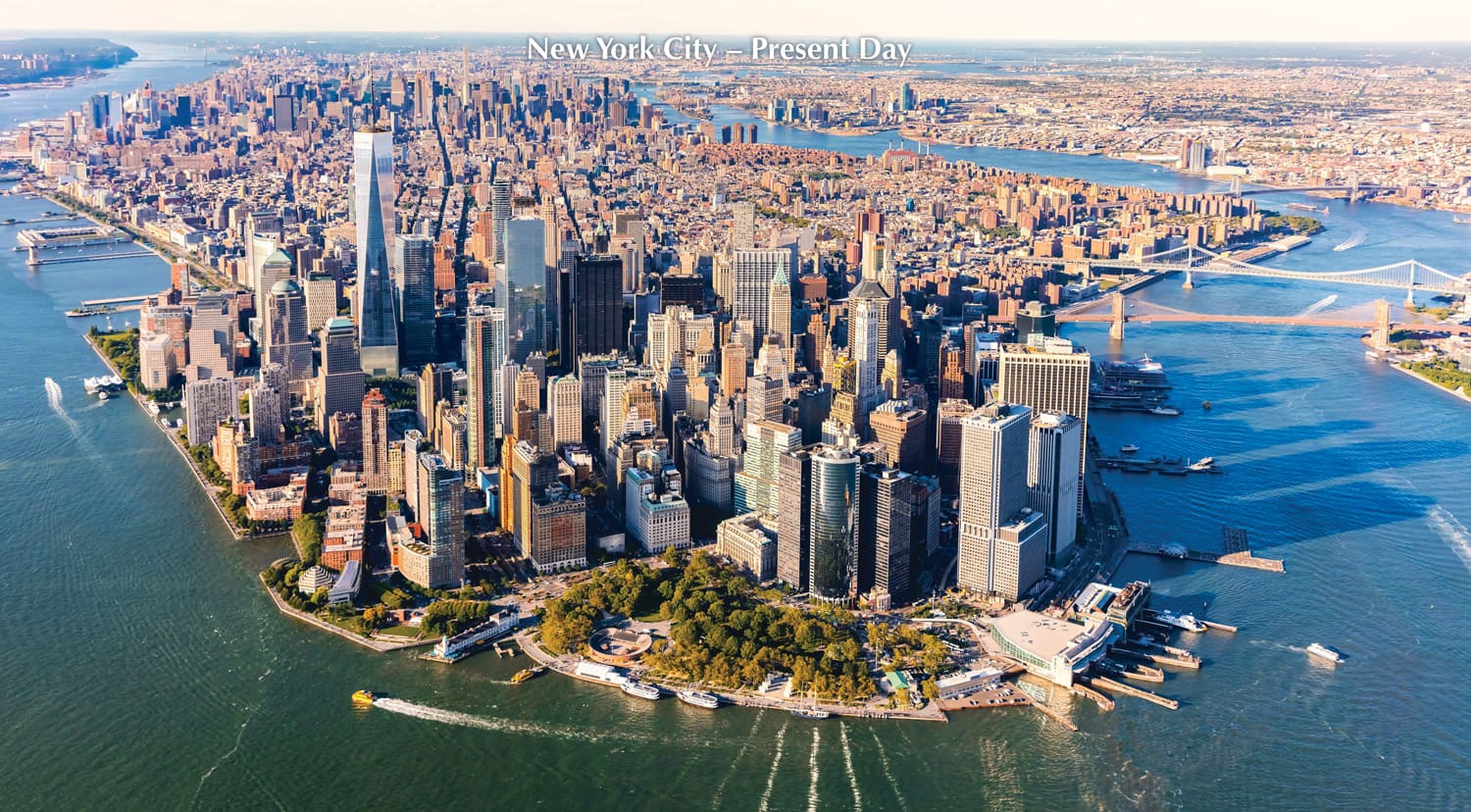
History of NYC Subway & Bridges: Engineering Marvels Uniting the City's Boroughs in Pictures
The NYC Subway system, a sprawling network underpinning the city’s dynamic urban life, features several bridges integral to its operation. Among these, the most notable is the Manhattan Bridge, an essential artery for multiple subway lines connecting Manhattan and Brooklyn. Completed in 1909, this suspension bridge was designed by Leon Moisseiff, and its construction was a major feat of engineering at the time. The bridge’s design not only accommodated vehicular and pedestrian traffic but also included tracks for subway trains, making it a critical component of New York City’s transportation infrastructure.
Spanning the East River, the Manhattan Bridge plays a vital role in the daily commute of thousands, carrying several subway lines across its tracks. Its integration into the subway system exemplifies New York City’s innovative approach to urban transportation, seamlessly blending different modes of transit. The bridge’s architecture, featuring Beaux-Arts and Gothic elements, adds to the city’s aesthetic and historical fabric, making it a landmark in its own right.
Apart from the Manhattan Bridge, the Williamsburg Bridge and the Queensboro (59th Street) Bridge also support subway lines, contributing to the interconnectedness of New York’s boroughs. These bridges have facilitated the expansion of the subway system over the years, enhancing accessibility and fostering urban growth.
The construction and maintenance of these bridges reflect the city’s commitment to public transportation and urban development. They have undergone various renovations to accommodate increasing traffic and to ensure safety standards. These bridges are not just functional structures but are also emblematic of New York City’s resilience and engineering prowess.
Today, the NYC Subway bridges are more than mere transit routes; they are iconic parts of the city’s skyline, offering stunning views of the urban landscape. They stand as testaments to the city’s history of architectural and engineering innovation, playing a crucial role in the daily life of New Yorkers. Their presence underscores the importance of sustainable and efficient urban transport solutions in one of the world’s most bustling metropolises.
The NYC Subway (1904) – Timeline of New York City’s History, USA
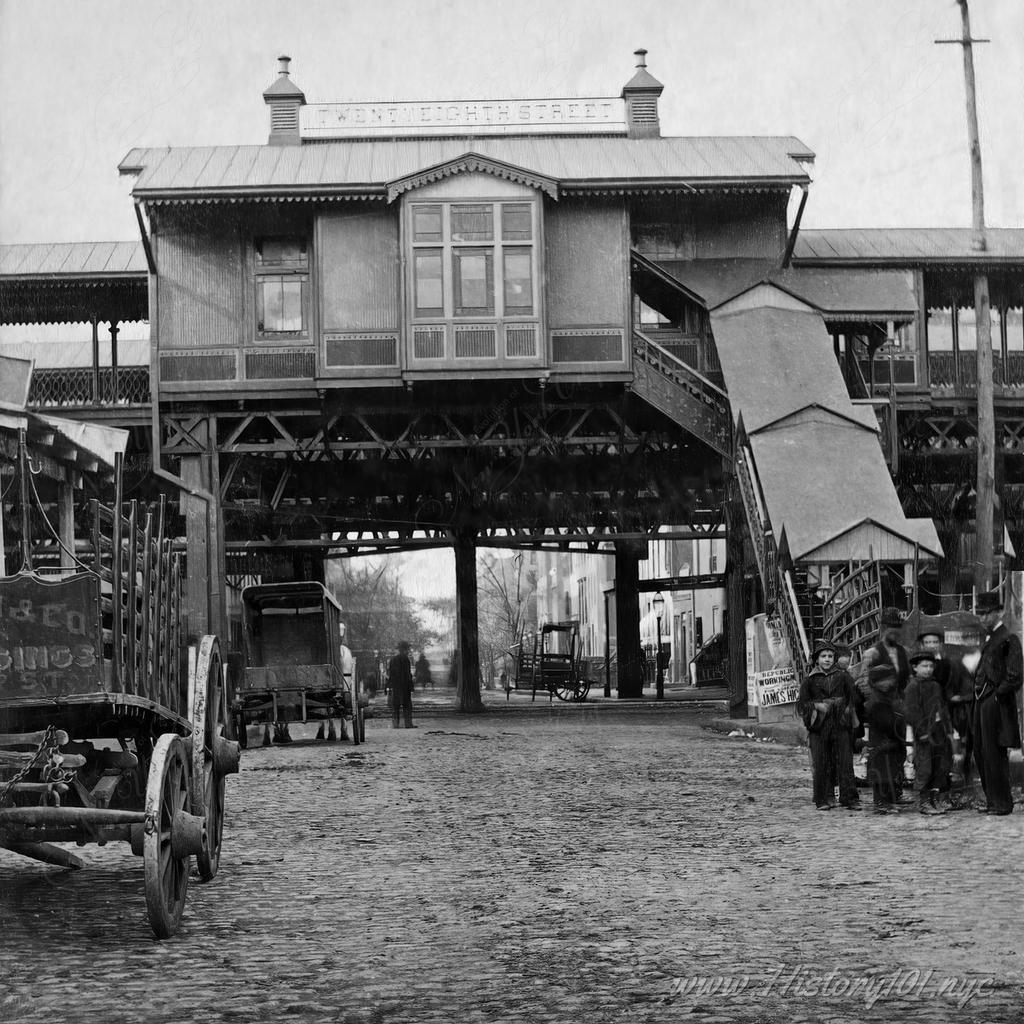
1870: Elevated Railroad Station
Photograph of an elevated railroad station constructed by the Manhattan Railway Company.
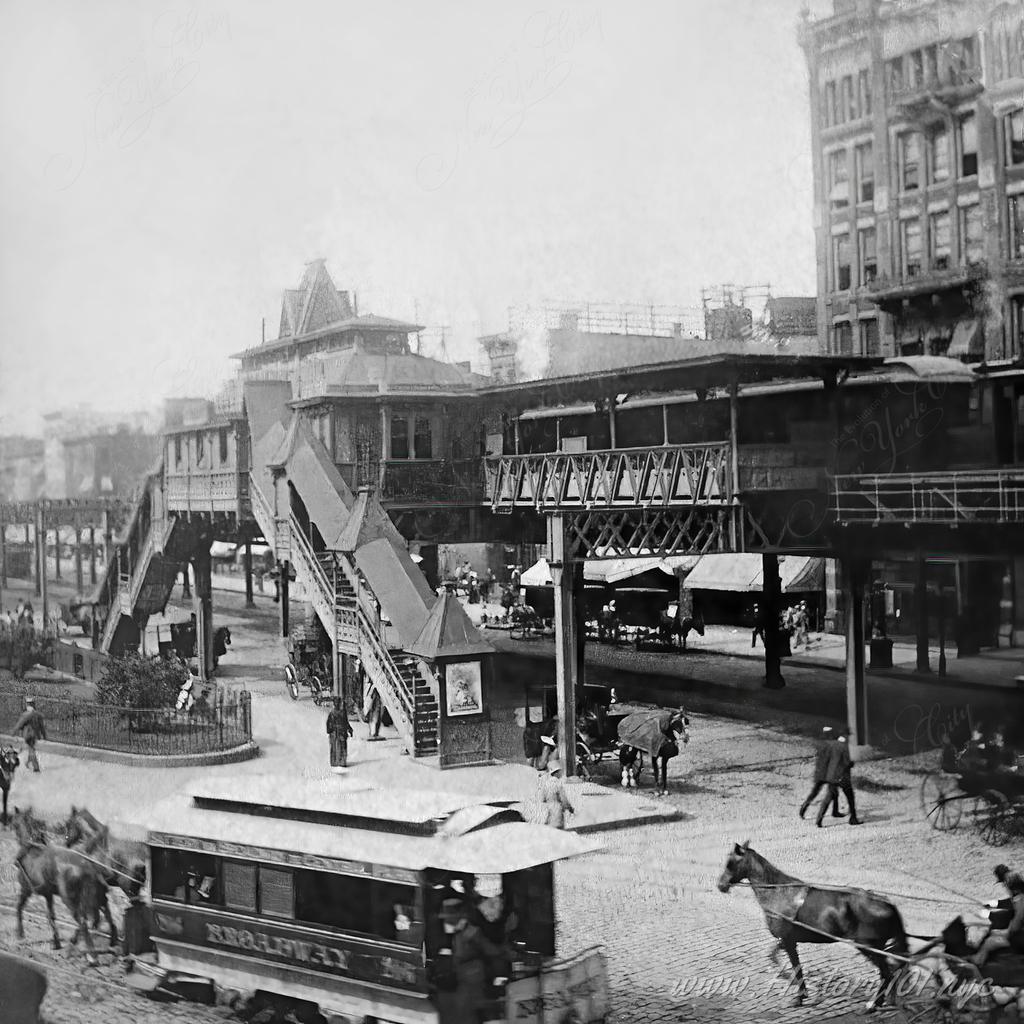
1870: Elevated Station on a Busy Street
View looking southwest from the intersection of 33rd Street and Broadway. The Sixth Avenue Elevated Railway is shown on Sixth Avenue where it crosses Broadway.
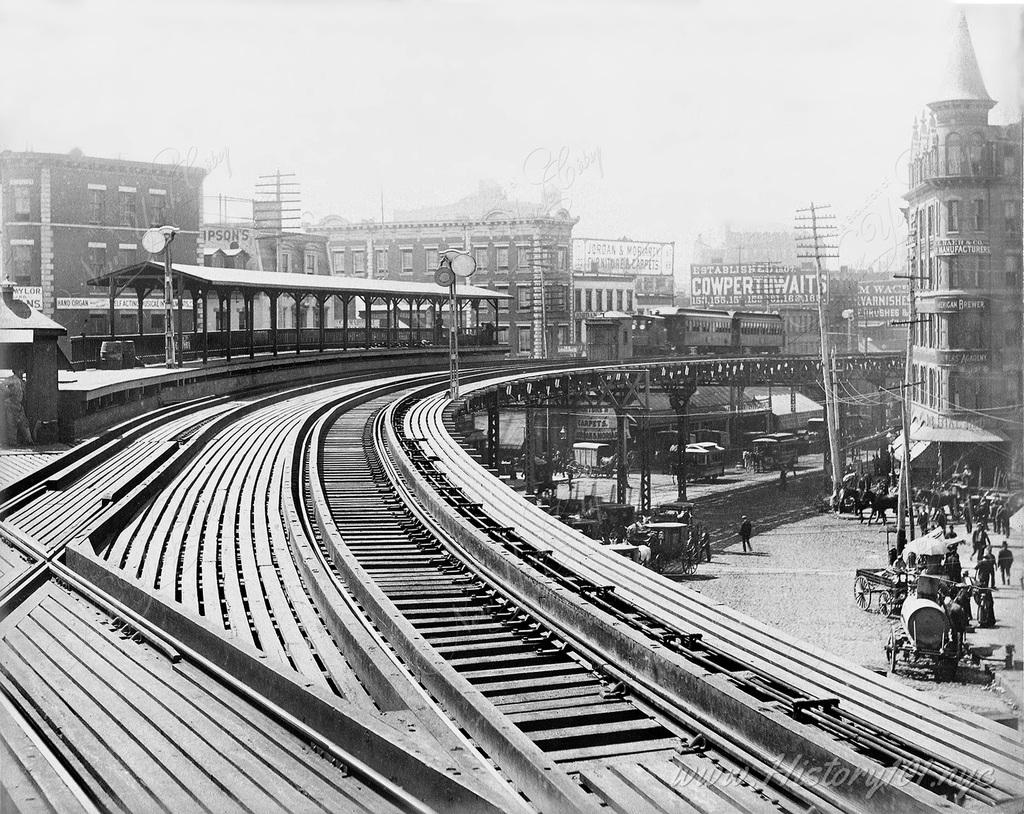
1880: New York Elevated Railway
A view looking down elevated railroad tracks. A train is approaching around the curve.

1900: Elevated Railroad at Chatham Square
Located at the intersecton of Bowery and Division Street, Chatham Square was an express station on the IRT Third Avenue Line. It had two levels.
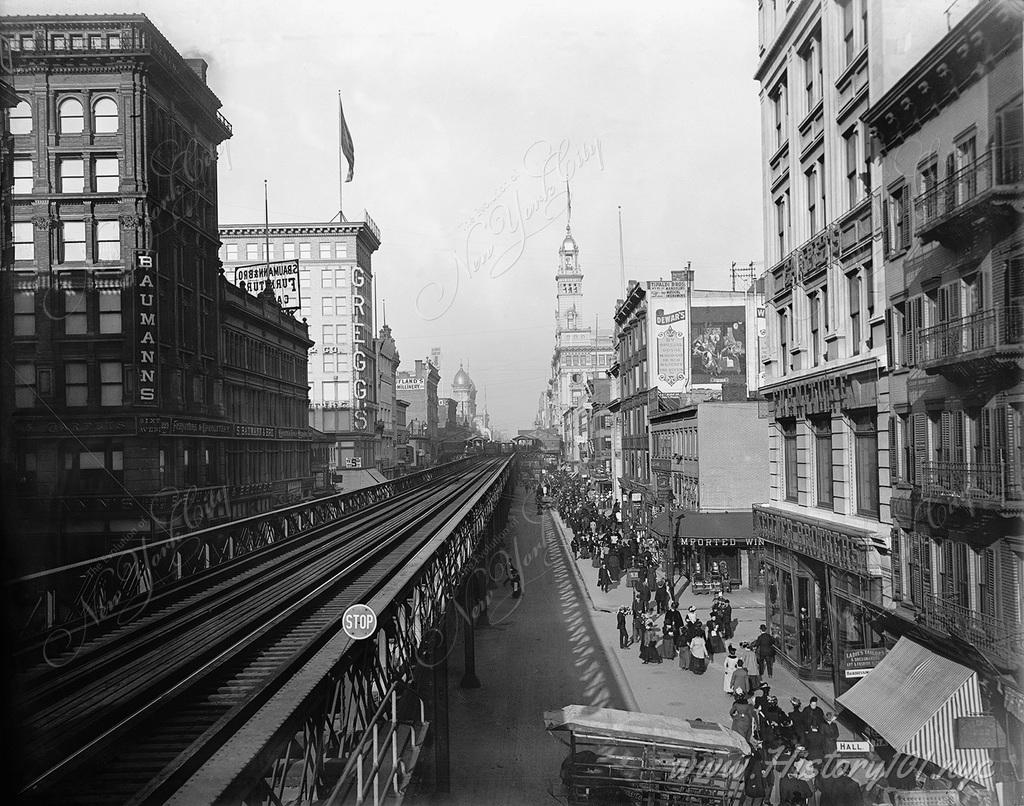
1900: Elevated Tracks on Sixth Avenue North of 14th Street
Crowds of shoppers fill the busy streets north of 14th Street in the shade of the elevated train which once ran along 6th Avenue.
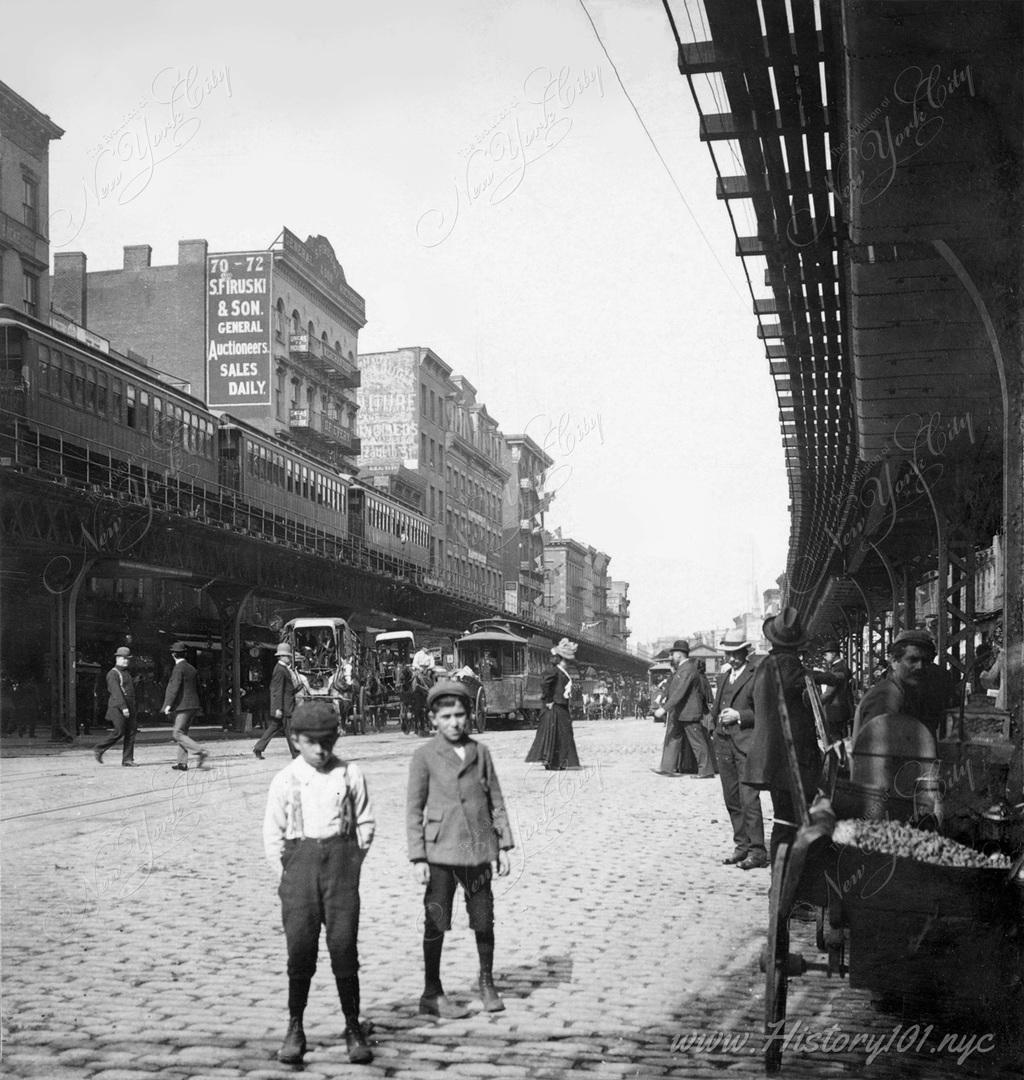
1901: Under the Elevated Railroad at the Bowery
Photograph of a busy scene on the Bowery as pedestrians make their way across the street and under the elevated overpass.

1904: NYC Subway Under Construction: City Hall Loop's Historic Inaugural Journey
Explore the City Hall Loop, where NYC's subway saga began. Discover the station that sparked a transportation revolution and its enduring legacy
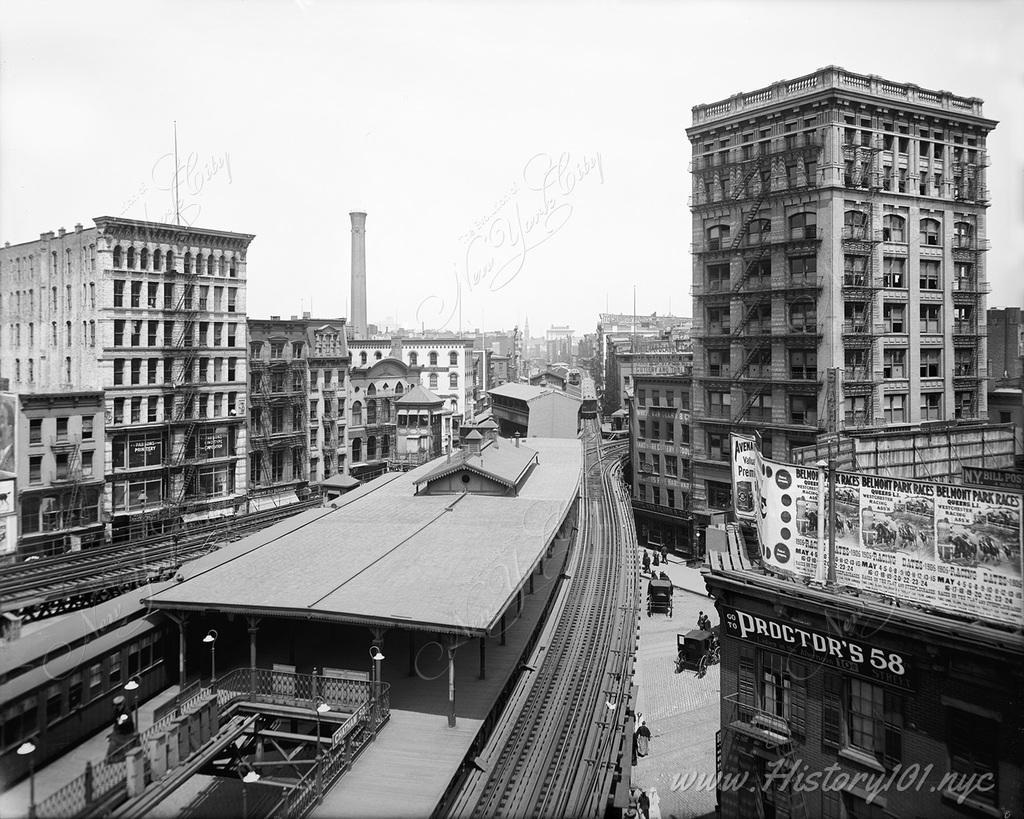
1905: Elevated (L) Station at Chatham Square
Chatham Square was an express station on the demolished IRT Third Avenue Line. Its lower level served trains of the IRT Second and Third Avenue Lines.
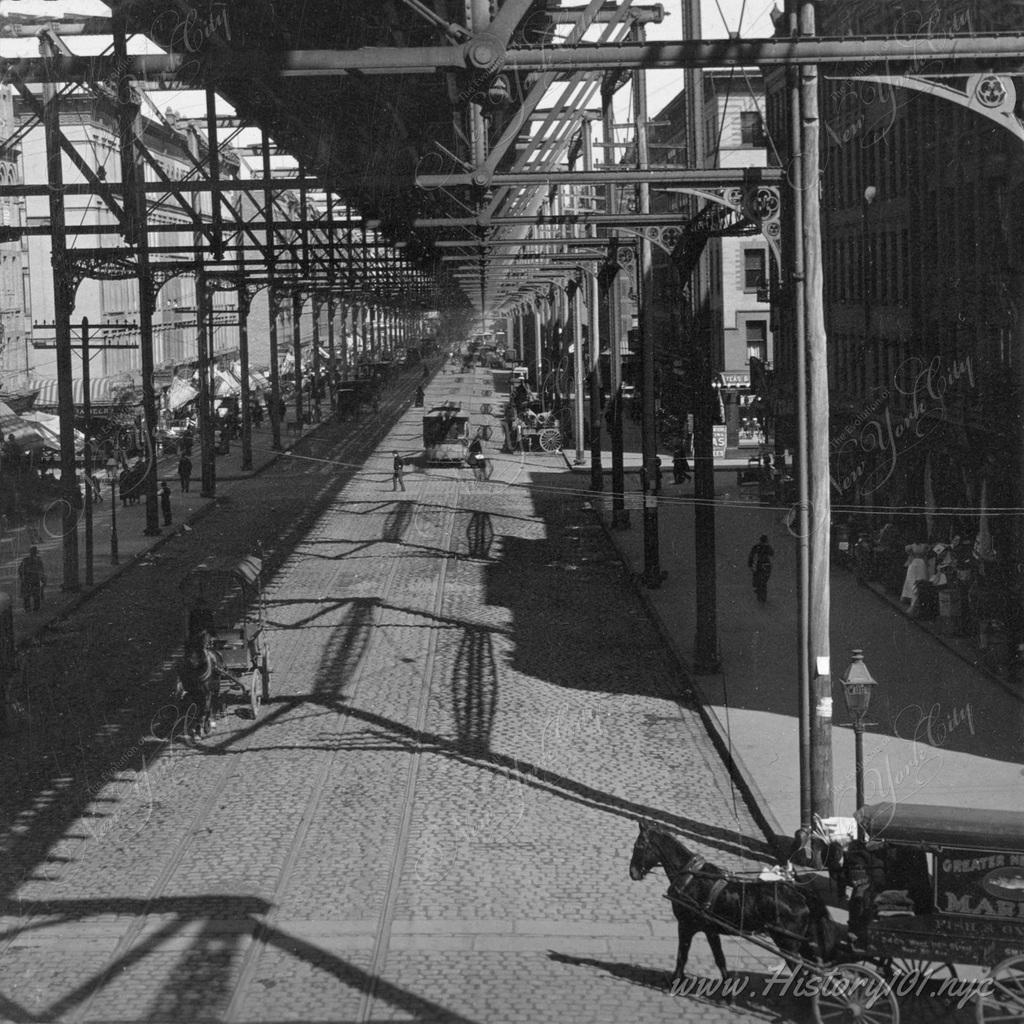
1906: Elevated Railroad at 8th Avenue
Horses and carriages move along the underpass of the elevated train tracks following 8th Avenue.
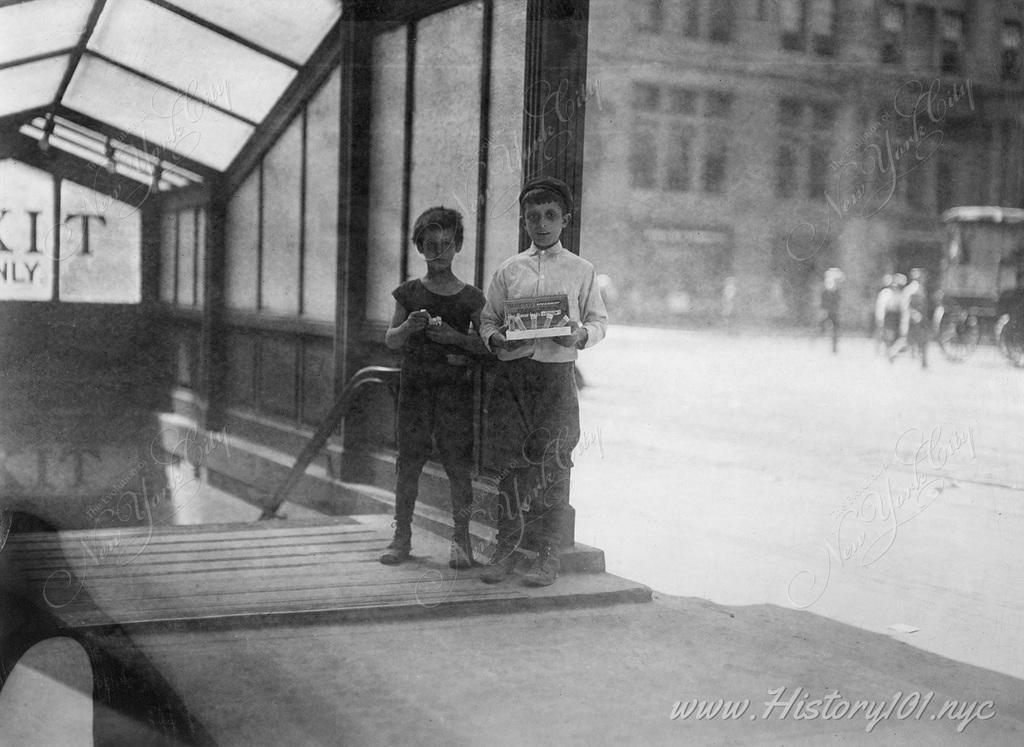
1910: Selling Chewing Gum Near a Subway Station
Young folk selling gum at the exit from the downtown side of the Lexington Avenue subway station
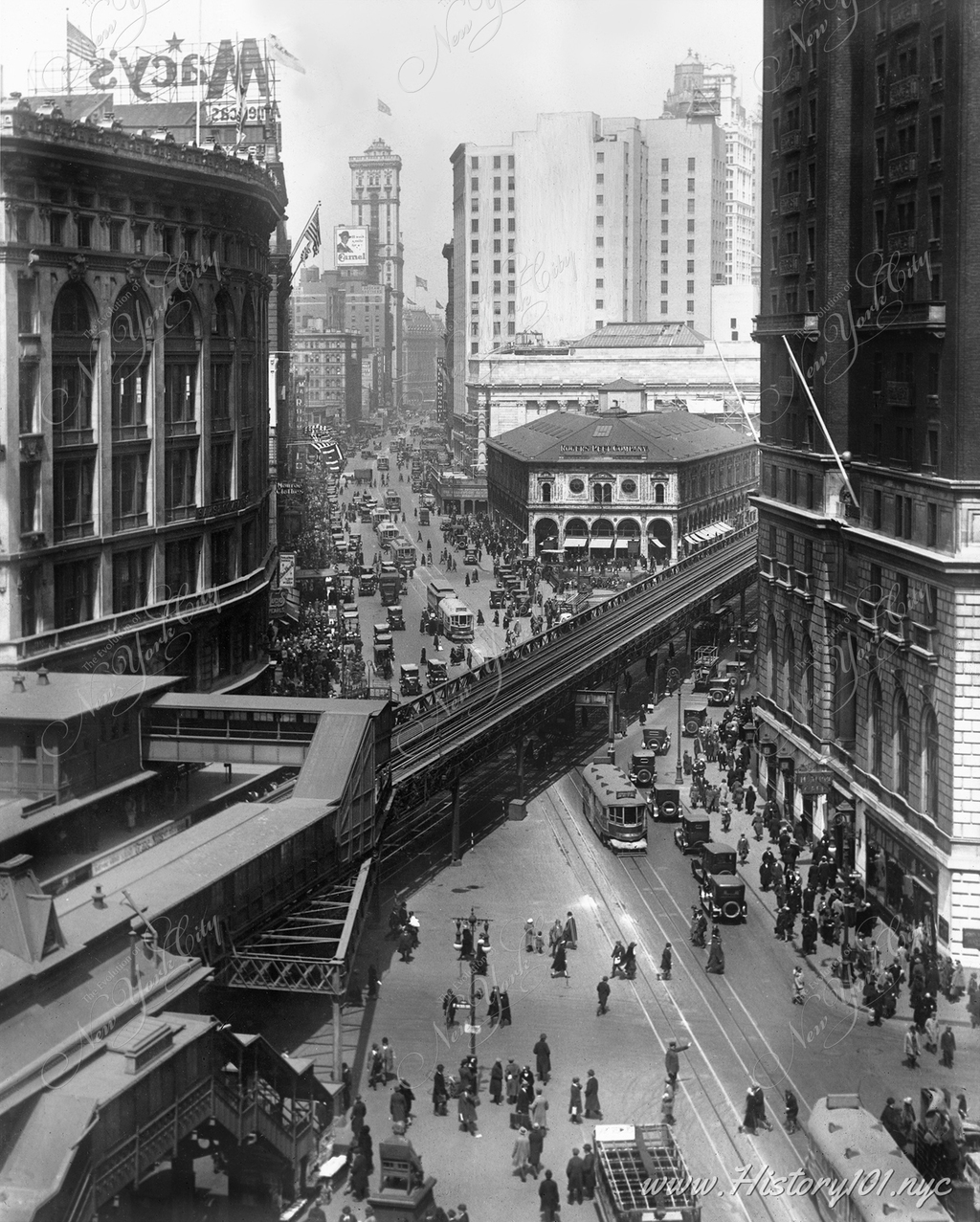
1910: Elevated Railroad Through Herald Square
Aerial photograph of the Herald Square elevated railroad and Sixth Avenue near 34th Street.
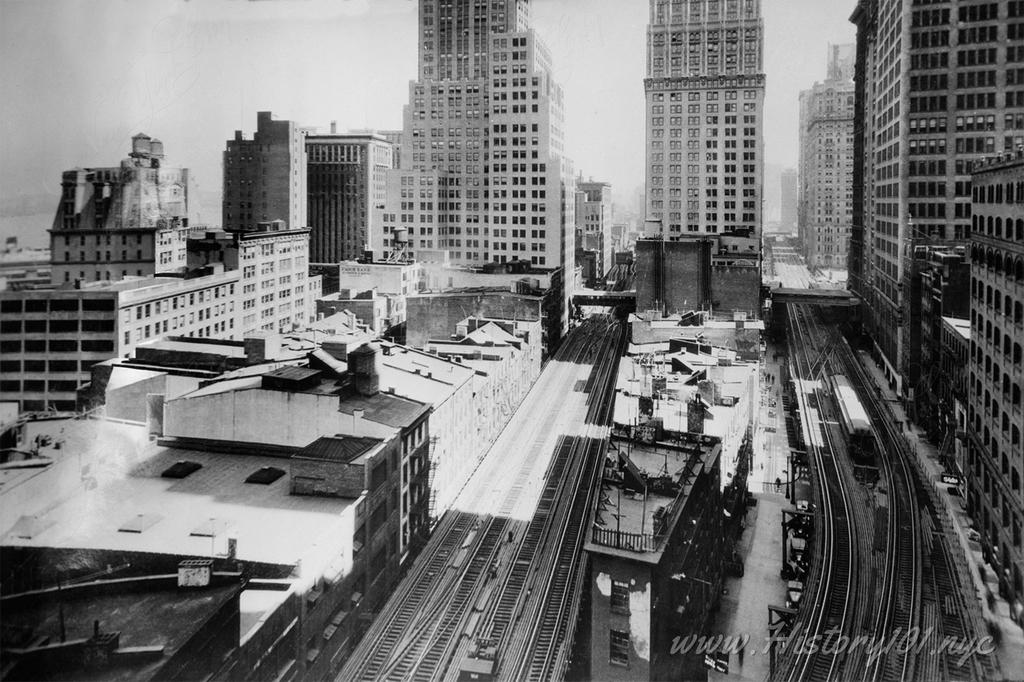
1940: Aerial View of Elevated Railroad
Aerial photograph of Manhattan looking north over Washington and Greenwich Streets with Trinity Place on the right.
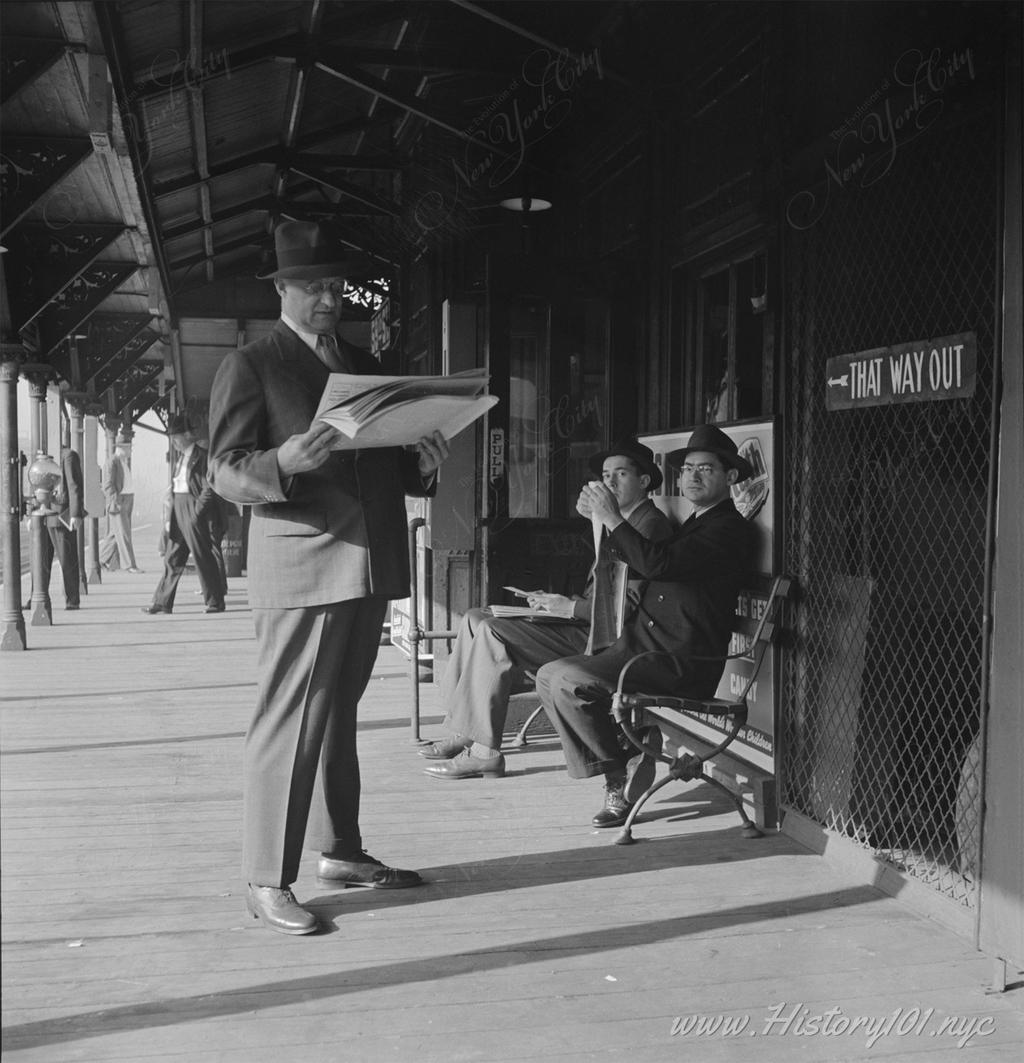
1942: Waiting for an Elevated Train
Photograph of midtown commuters waiting at a platform for the Third Avenue elevated train.

1952: Third Avenue Elevated Train at Cooper Union
Photograph shows an elevated perspective of Cooper Union facing north and flanked along its east wall by the Third Avenue elevated railroad.

1952: Third Avenue Elevated Train at Cooper Union
Photograph shows an elevated perspective of Cooper Union facing north and flanked along its east wall by the Third Avenue elevated railroad.
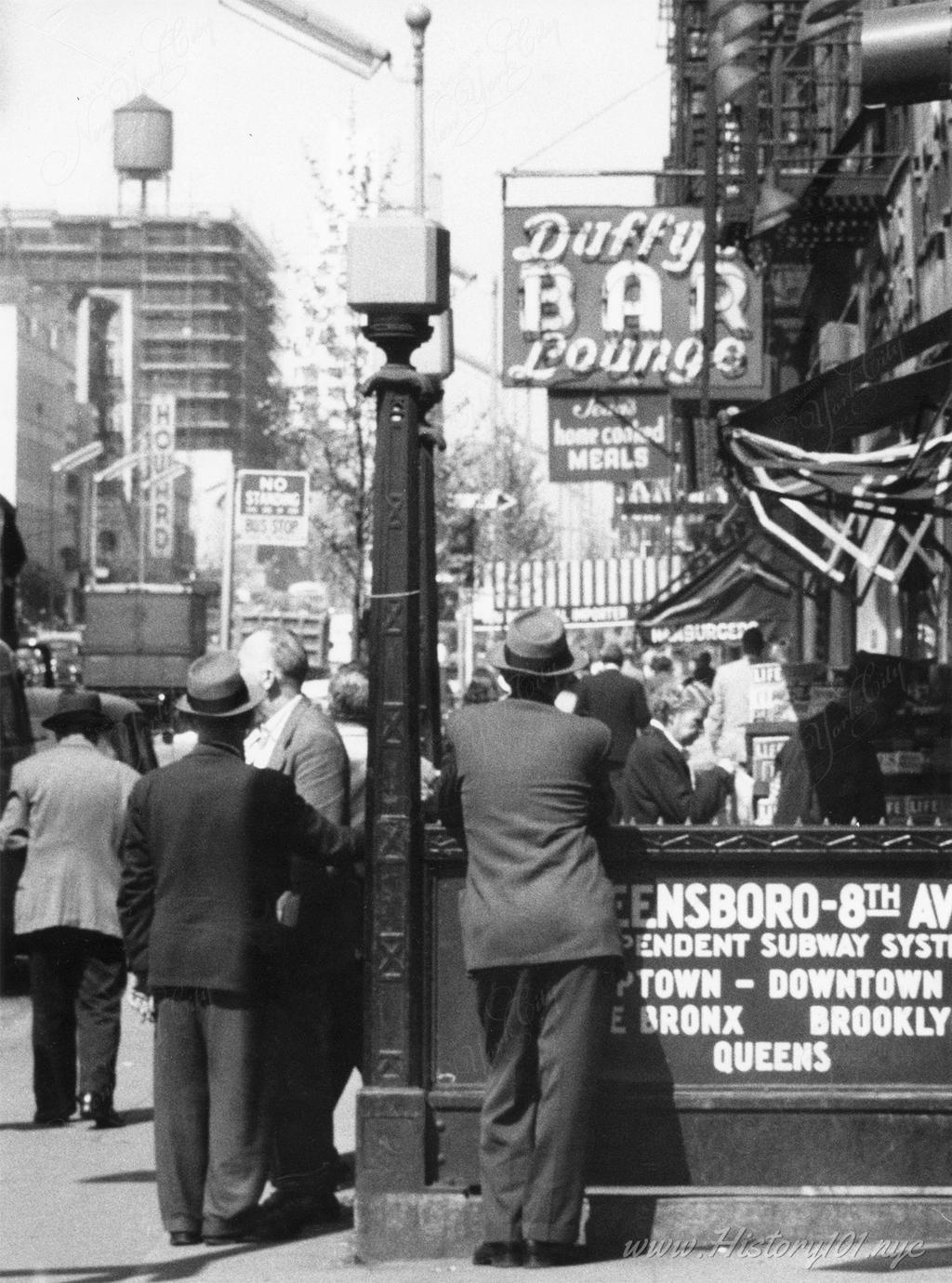
1957: Street Scene: People at 8th Avenue Subway Entrance in Midtown Manhattan
Explore Angelo Rizzuto's 1957 photo of New Yorkers gathered near the 8th Avenue subway entrance, with Duffy's Bar Lounge in the background, capturing midtown Manhattan life

1974: New York City Subway Token Booth: A Glimpse into the Past
Discover a 1974 snapshot capturing New York City's subway token booth, reflecting the daily rhythm of 1970s urban life and the spirit of New Yorkers
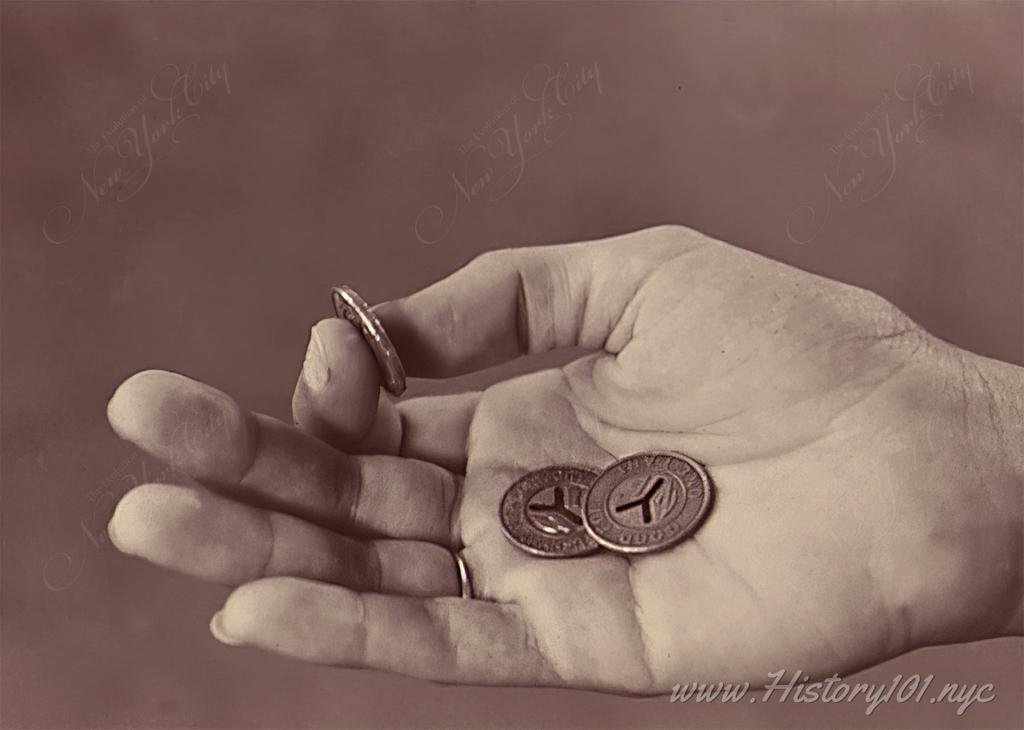
1974: Subway Tokens
The first subway token change occurred in 1970 when the fare was raised to 30 cents and 50 million tokens were minted.
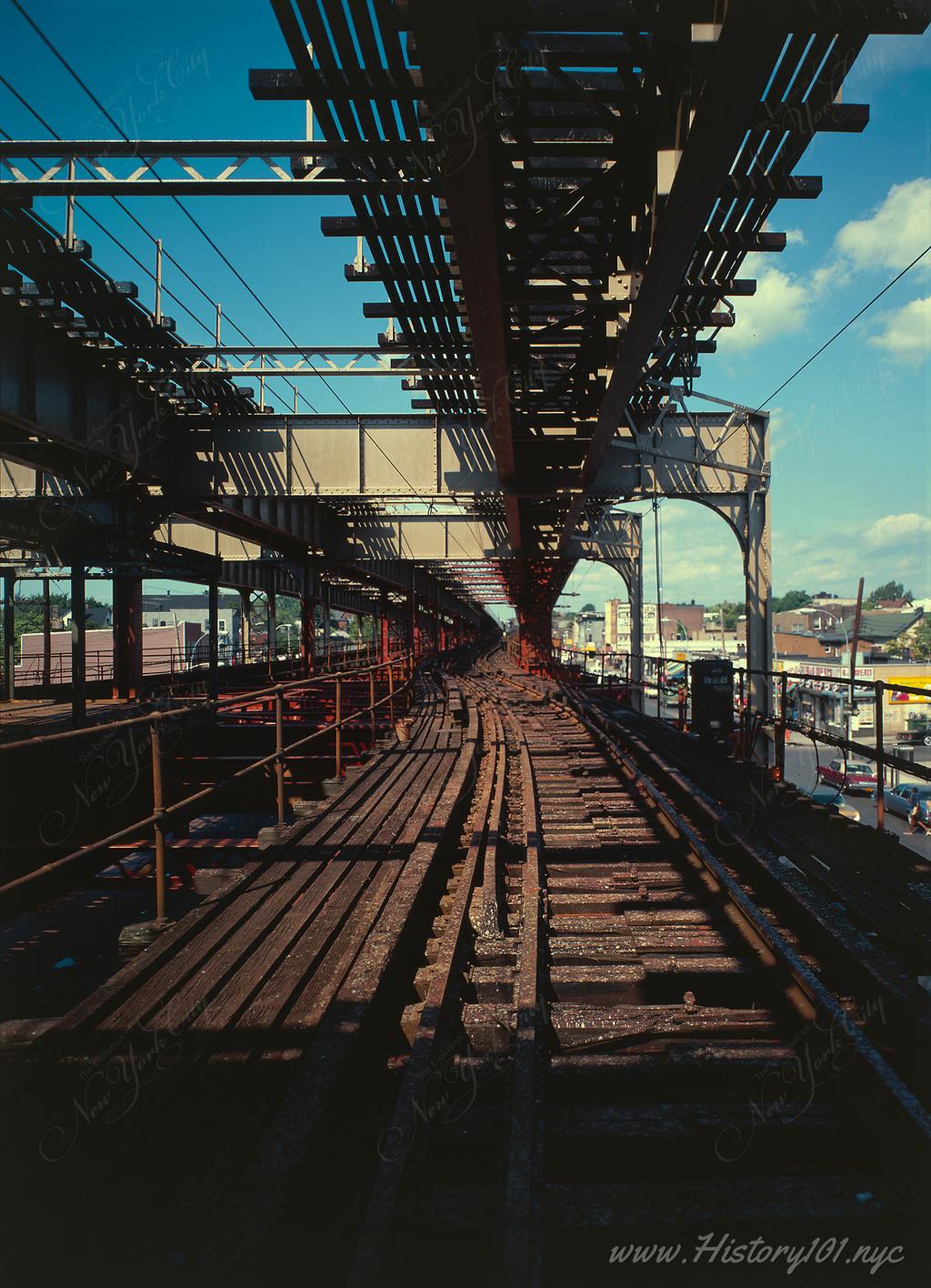
1978: Third Avenue Elevated
Color photograph of the Third Avenue Elevated Railroad tracks on a clear day.
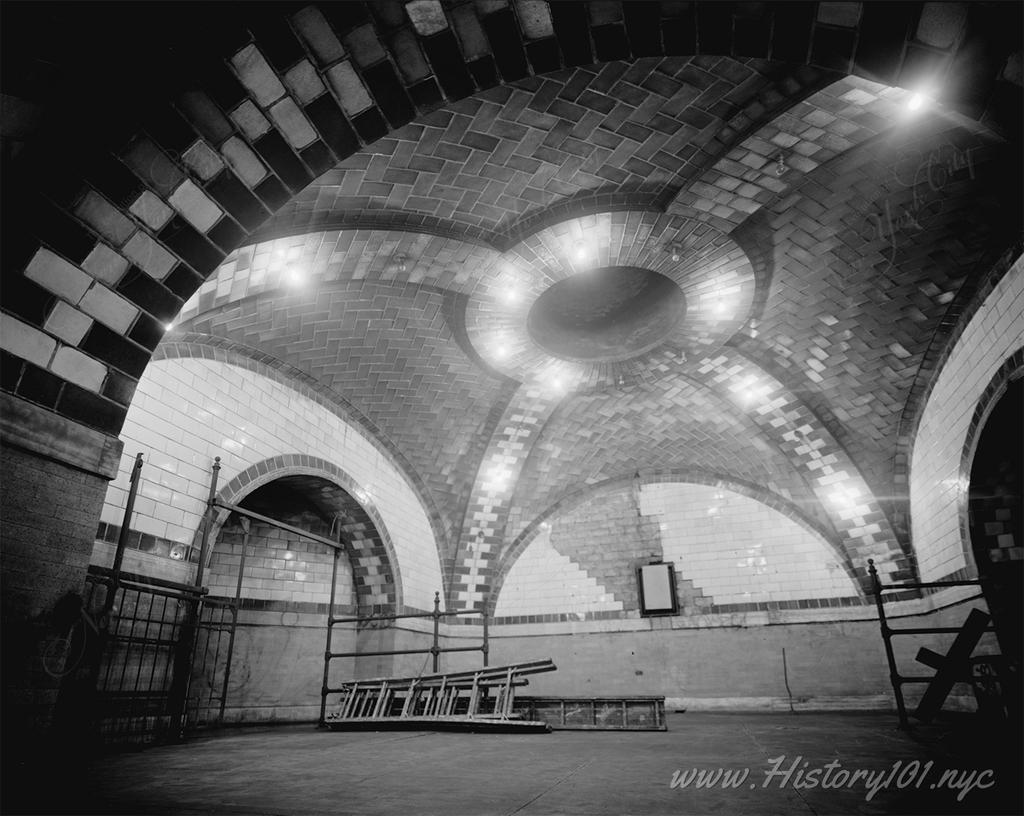
1986: City Hall Subway Station: A Glimpse into NYC’s Architectural Subway Masterpiece
Explore the original City Hall Subway Station's tile-clad control room, showcasing NYC's historic subway architecture and preservation efforts
